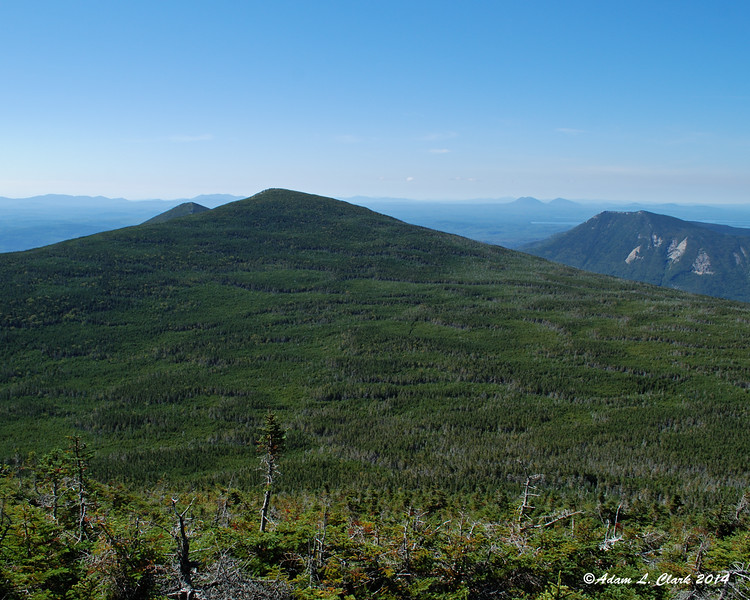An old threat to the north country is coming back and its really not getting much PR in the mainstream press. I was in high school during the peak of the last epidemic and remember the reports from folks in the woods and the money being spent dousing the woods with pesticides. The state of Maine has already rejected spraying this time so the epidemic is going to be even worse than previously. I expect we will be seeing in spreading down to Northern NH in a couple of years.
http://maineforest.org/issues-infor...ded-trapping-shows-budworm-increased-in-2014/
http://maineforest.org/issues-infor...ded-trapping-shows-budworm-increased-in-2014/

